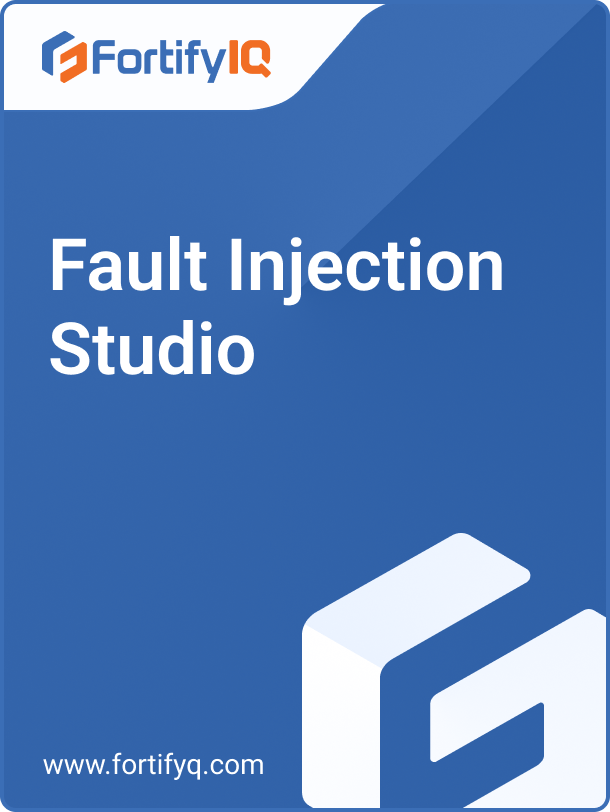Beating The Hackers At Their Own Game

Modern devices often rely on strong cryptographic keys, yet mathematical strength alone is not enough to ensure security. Attackers increasingly bypass cryptography altogether by exploiting physical leakages through side-channel methods such as Differential Power Analysis (DPA), Differential Electromagnetic Analysis (DEMA), and Fault Injection Analysis (FIA). These attacks are inexpensive to perform, difficult to defend against, and have become a serious threat to contactless smart card systems used in access control, payments, transportation, and digital identity.
This paper examines how DEMA attacks compromise smart cards in the real world and introduces a new, cost-effective protection approach that simplifies development while significantly strengthening device security.
Side-Channel Studio

Side-channel attacks are a pervasive threat to hardware security, particularly in cryptographic systems where they can leak sensitive information. While some leakage can be mitigated through simple countermeasures, advanced attacks require detailed analysis and design-level protections. FortifyIQ’s Side-Channel Studio provides a comprehensive EDA solution for evaluating and strengthening hardware against side-channel attacks. Engineers can validate designs in pre-silicon simulation, on FPGA boards, and post-silicon, gaining the insight and confidence needed to meet certification requirements and ensure robust protection.
Fault Injection Studio

Fault Injection Attacks pose a growing threat to the security of hardware systems, particularly in cryptographic contexts where they can lead to full key recovery. While simple FIAs can often be mitigated through detection
mechanisms, cryptographic FIAs — especially ineffective fault attacks — require deeper, design-level
countermeasures. FortifyIQ’s Fault Injection Studio addresses this challenge with a comprehensive EDA solution for evaluating and improving algorithmic protections against fault injection attacks.
FortiCrypt’s Unique Capabilities and a Comparison with the Market

Explore FortifyIQ’s AES with RAMBAM protection, providing top-tier defense against side-channel and fault injection attacks.
HOW TO STEAL A GLOBAL COMPANY’S BUSINESS BY BREAKING INTO JUST ONE OF THEIR DEVICES

Discover a new approach to developing protection for smart cards against Differential Power Analysis (DPA) attacks, allowing manufacturers to cut protection costs and save time during development.
GLOBAL CRYPTOGRAPHIC KEYS IN THE IOT WORLD AND THE THREATS THEY PRESENT

Of the various kinds of side-channel attacks, Differential Power Analysis (DPA) is the cheapest to deploy with potentially the highest amount of damage to the manufacturer. What can be done to protect IoT devices from such attacks?
THE HARDWARE SECURITY DILEMMA
FortifyIQ offers a complete suite of solutions for DPA, SPA and FI detection, analysis, and recommendations for protecting your microchips and products from successful DPA and FI attacks.
HOW TO GAIN UNAUTHORIZED ENTRY, MAKE UNAUTHORIZED PURCHASES, AND GET FREE RIDES
Explore FortifyIQ’s AES with RAMBAM protection, providing top-tier defense against side-channel and fault injection attacks.